Inventory of 13 important developments worthy of attention in mainstream Rollup
Data Sources: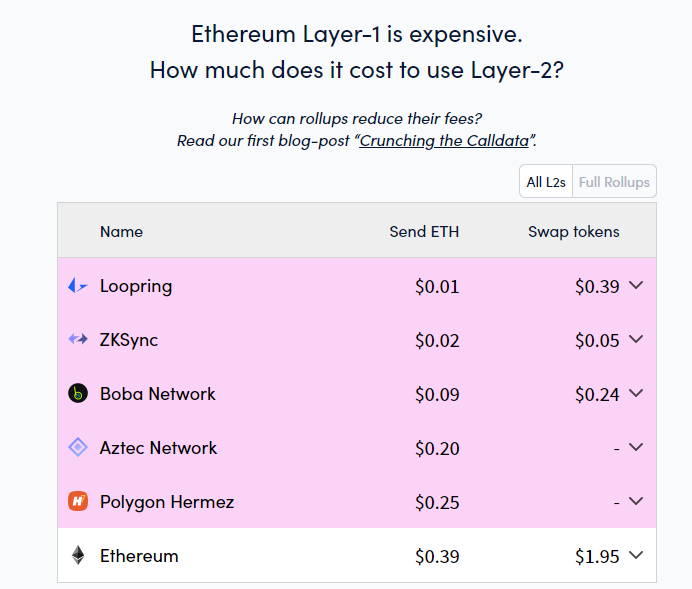
Data Sources:https://l2fees.info/
text
In the figure below, Odaily aggregates the information of 13 Rollups.image description
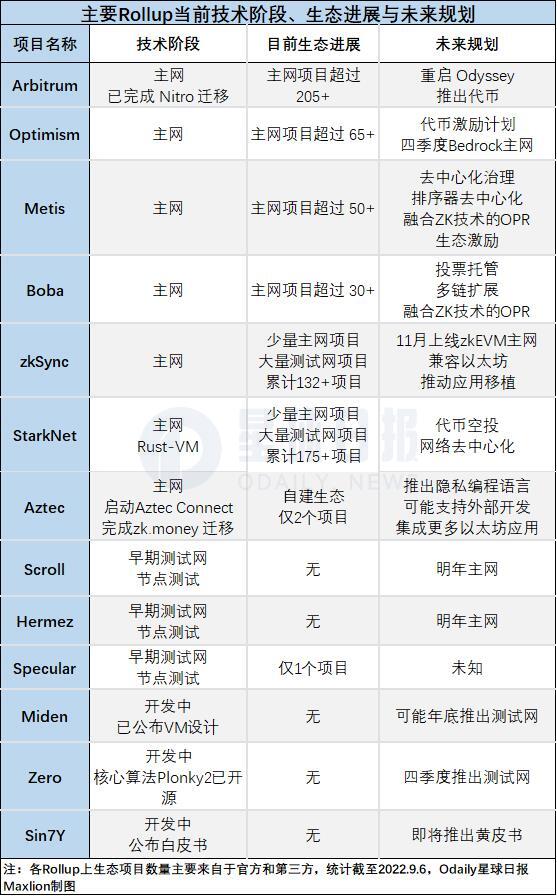
Made by Maxlion
Next, Odaily willCombining TVL and ranking of application ecological richness, we will take stock of the progress of these 13 Rollup projects in turn.
Arbitrum

According to the official announcement of Arbitrum, after the Nitro migration is completed, the Odyssey event will be restarted.According to the previous roadmap and data, Arbitrum may also launch tokens in the second half of this year, which is a very important opportunity for users. Odaily recommends two tutorials to help you, namely "Arbitrum Season is approaching, what are the opportunities worth paying attention to?"and"10 Arbitrum ecological projects worth interacting with》。
Optimism

Regarding Optimism, there are two events worth noting - the second batch of token incentives and the Bedrock upgrade.
Regarding the Token Incentive Program, developers can apply for funding for their projects on Optimism through the Token Incentive Program. Currently the officialApplication Template, and made the associatedOP Summer Grants Dashboard。
About Bedrock, according to the officialupgrade planaccording to
Metis

according toofficial roadmap, the launch and mass adoption of new products will be the top priority in the second half of 2022, so it is particularly important to help developers develop applications on the Metis network.
according to
Boba
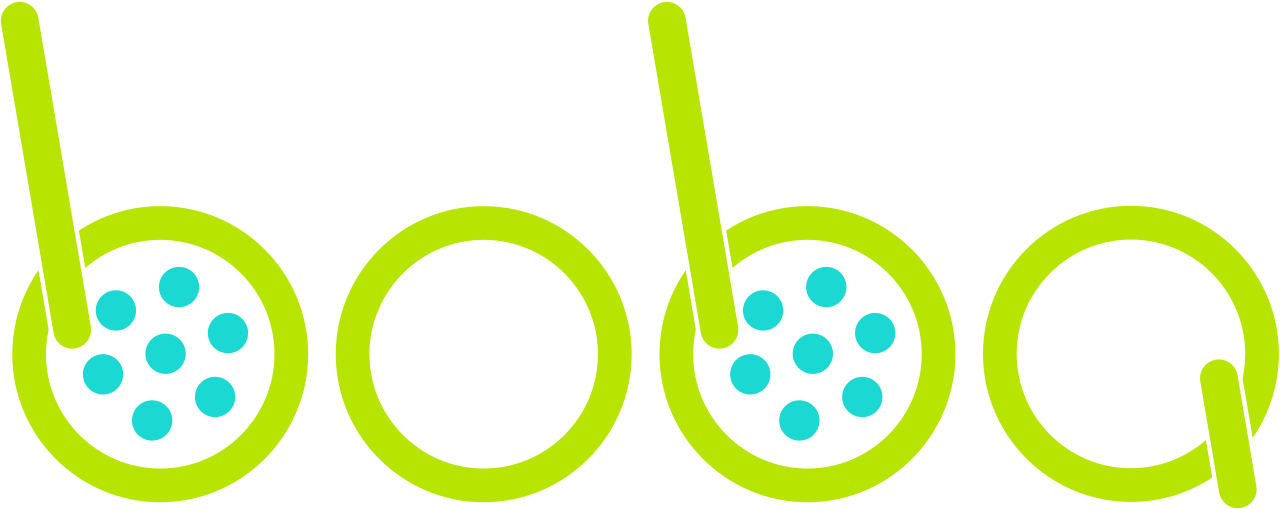
according toofficial roadmap, there are two events that deserve special attention-voting escrow and multi-chain deployment.
With regards to voting escrow, holders of $BOBA tokens will be able to lock up their tokens for a period of time via "voting escrow" (ve) for staking returns. In addition, token holders can have greater decision-making weight on the one hand, and on the other hand, the reduction in liquidity supply may drive up the currency price.
Regarding multi-chain deployment, almost all Rollups are currently deployed on Ethereum, and Boba is the first (and only) L2 network that is deployed on multiple L1s at the same time. It has already been deployed on Moonbeam and Fantom testnets, and will be extended to other L1s soon.
zkSync

The most noteworthy event in the progress of zkSync is the launch of the zkEVM mainnet in November.
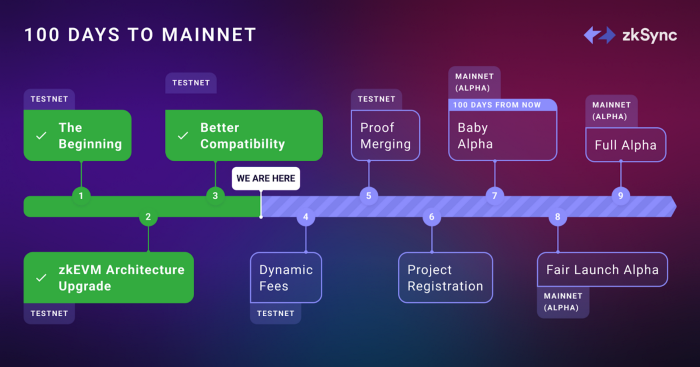
At present, zkSync has achieved compatibility at the EVM bytecode level, and completed the implementation in the circuit and in the execution environment. In terms of core infrastructure, full node integration has been completed, enabling the successful deployment and execution of compiled smart contracts.
zkSync announced that it will launch the zkEVM mainnet in November and open source related codes, which will greatly improve zkSync's ability to be compatible with Ethereum, and may promote the porting of a large number of Ethereum applications to zkSync, which has higher performance than OPR. There are currently 90+ projects on zkSync, most of which are deployed on the test network. An interactive tutorial is recommended "Inventory of 14 potential airdrop projects in the zkSync ecosystem》。
StarkNet

StarkNet is zkVM ZKR. Since the new Cairo language is designed for virtual machines, it has a certain development threshold for Ethereum native developers. The recent implementation of Rust-VM has greatly lowered the threshold for developers familiar with the Rust language to develop applications on StarkNet.
There are currently 120+ projects on StarkNet, most of which are deployed on the test network. It is possible that a large number of applications will be deployed on the StarkNet main network in the fourth quarter of this year or the first half of next year.
Regarding the progress, there are two noteworthy events, one is the airdrop, and the other is the node decentralization.
Regarding the airdrop, the official release will be in JulyDecentralized Proposal and Token Distribution Plan, a considerable proportion is reserved for the community.
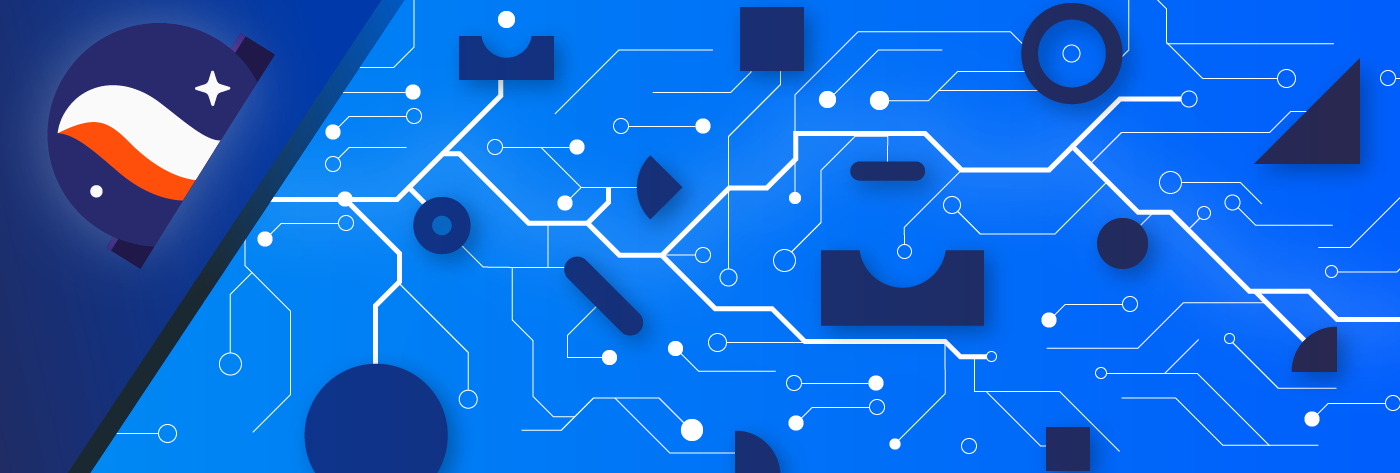
As a developer, you can choose to enter the StarkNet network to participate in the development, and you may be able to get rewards for maintaining the StarkNet protocol.
As a user, you may also receive token rewards for using the StarkNet network application. We recommend an interactive tutorial "Inventory of 14 potential airdrop projects on StarkNet》。
Regarding the progress of node decentralization, StarkNet members areRelated topics discussed on community forumstext
It is worth noting that the four Rollups, Arbitrum, Optimism, Metis, and Boba, all belong to OPR (Optimistic Rollup). The compatibility of Ethereum is high, and the development threshold is low. Applications on Ethereum can be quickly and safely transplanted to these networks. , so they are significantly ahead of ZKR such as StarkNet and zkSync in terms of technological progress and application ecology.
At present, the application ecology of OPR is mainly based on transplanted applications, among which DeFi protocols are the main ones, such as Uniswap, Sushi, Aave, Curve, Wepiggy, BoringDAO, Hundred Finance and other well-known protocols are generally deployed on OPR; however, OPR has fewer native applications.
Compared with OPR, the two ZKR projects StarkNet and zkSync have low compatibility with Ethereum and slow technological progress, but they have greater performance prospects and are more likely to experience application innovation.
Hermez
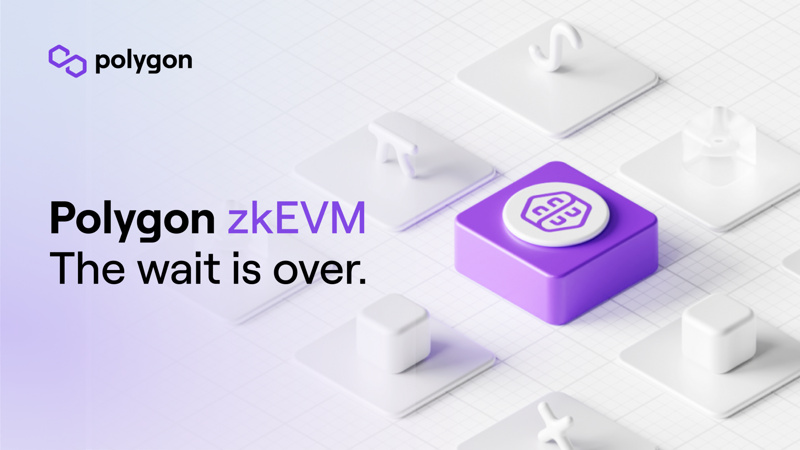
Hermez is also known as Polygon Hermez or Polygon zkEVM in the Polygon family.
In terms of progress, Hermez has not yet tested the network, cannot develop, and cannot interact with users.
On July 20, Hermez officially announced its codeopen sourceofficial documentofficial documentexist
existThe official roadmap revealedAmong them, Polygon originally planned to start the test network in the second quarter and the main network in the third quarter, but the process has obviously been postponed.
Scroll
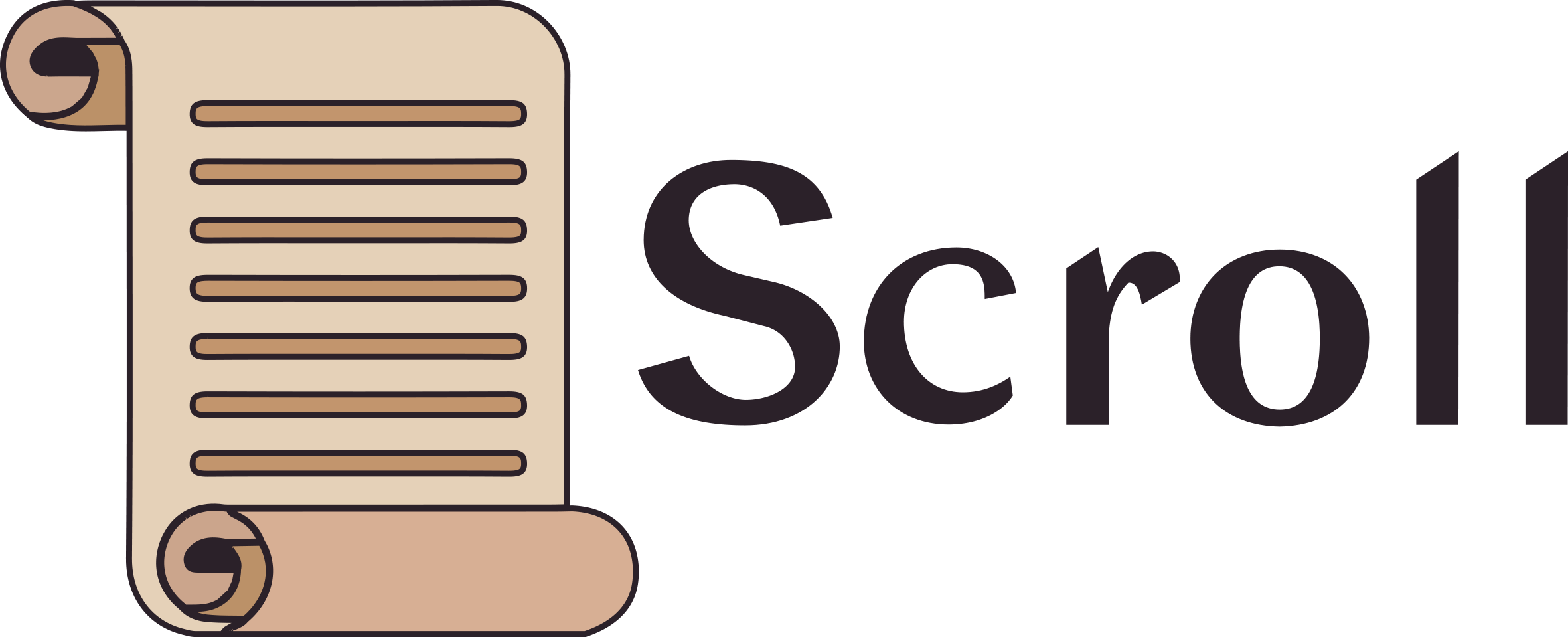
Scroll is an EVM-compatible ZKR that started development early last year.
Currently in the stage of technical infrastructure construction, the internal test of the test network is underway, and users and developers can only passApply for testnet qualificationThe way to participate in the Scroll interaction.
Aztec
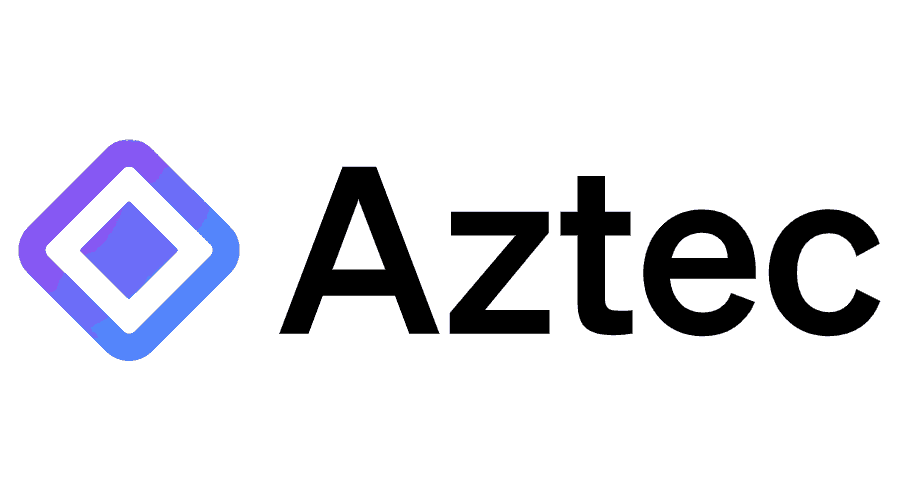
Aztec is the only ZKR that focuses on the privacy track, but currently there are only two applications, zk.money and Aztec Connect.
route map

according toroute map, Aztec will release the privacy programming language Noir in the third quarter, and launch the Noir testnet in the fourth quarter, which will allow external developers to write privacy-protecting zero-knowledge circuits (in the ZK virtual machine) for DApps on Aztec through the Noir language program of).
Specular
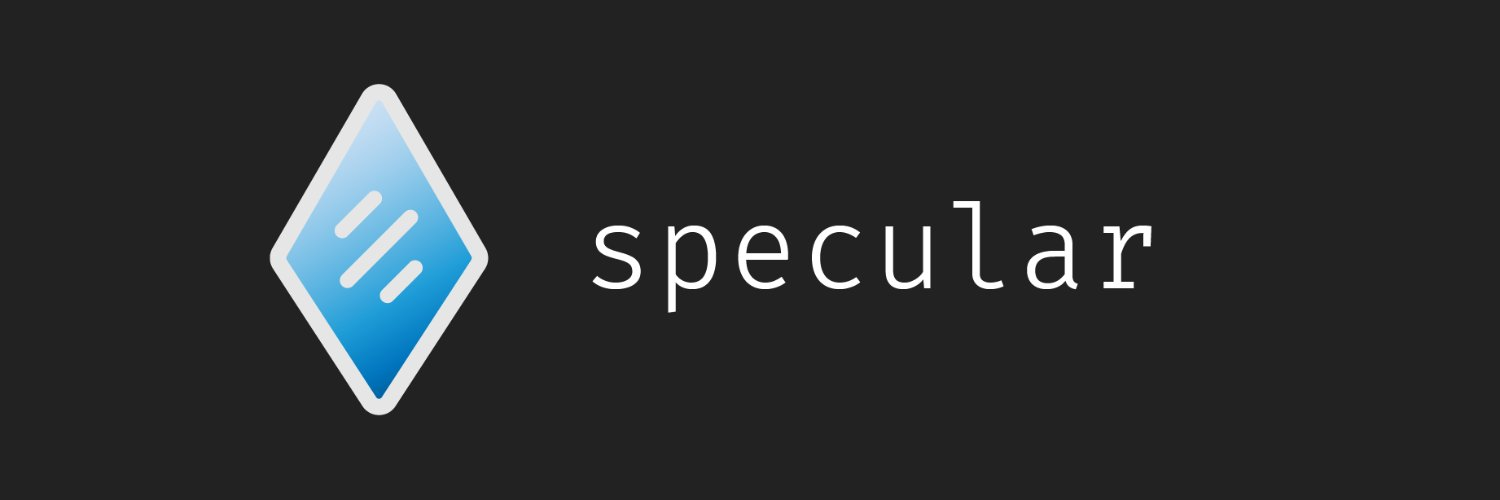
SpecularIt is an EVM native Optimistic Rollup. The project was proposed at the SBC 22 event held by Stanford University and jointly launched by three Berkeley students.
Compared with the existing EVM equivalent Optimistic Rollup solution, Specular can provide higher security and more decentralization. Specular functions and features include: providing a minimum trusted computing foundation to improve security, auditability and upgradeability; supporting permissionless participation of multiple Ethereum clients to achieve client diversity; sufficiently efficient dispute resolution.
Currently in a very early stage, products include decentralized exchanges "SpecSwapofficial websiteofficial websiteGet the faucet to try to interact with the exchange.
Miden
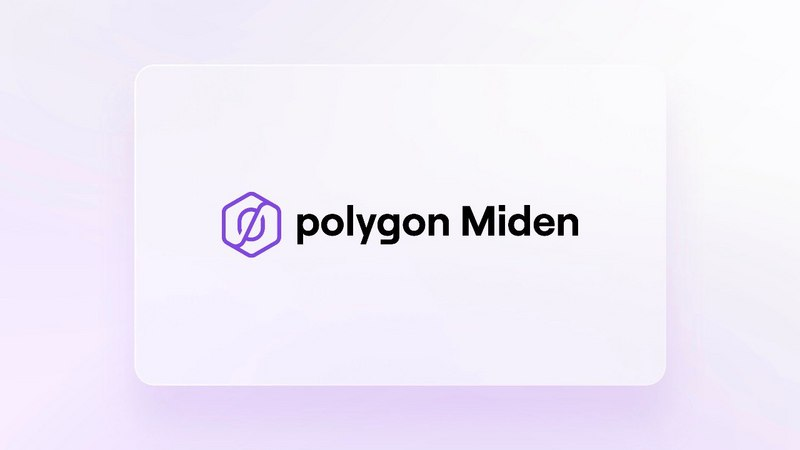 Miden is also a project of the Polygon family.
Miden is also a project of the Polygon family.
Different from the ZKR of the zkEVM route, the bottom layer of Miden is not compatible with Ethereum, but it is more suitable for zero-knowledge proof. Miden VM supports developers to develop general-purpose dApps on it.
Polygon Miden is a STARK-based ZK Rollup that promises low fees and very high transaction throughput while maintaining the same level of security as Ethereum. At launch, rollup will support transactions per second in the range of 1,000 to 2,000, reaching 20,000 TPS once shards are deployed on Ethereum.
route maproute map, it is planned to start the test network in the third quarter of 22, and the main network in the first quarter of 23. It has been postponed, but the team has not given clear information on future planning through official channels. It can be guessed that Miden may launch the test network at the end of this year.
The Miden team recentlyThe latest technical progress was announced on the Ethereum Technology Forum。
Zero
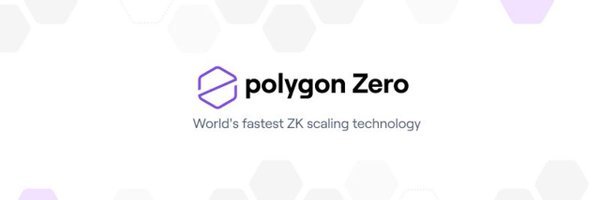 Polygon Zero is a ZKR that integrates STARK and SNARK proof systems/algorithms, and is also a project of the Polygon family.
Polygon Zero is a ZKR that integrates STARK and SNARK proof systems/algorithms, and is also a project of the Polygon family.
The SNARK proof system it uses, Plonky2, is one of the fastest prover systems in the world to generate recursive ZK proofs. Among other things, it generates STARK proofs in parallel and aggregates them recursively using SNARK proofs.
It was originally a ZK technology company called Mir Protocol, which was acquired by Polygon for $400 million on December 14, 2021 and renamed Polygon Zero.
One of the main differences from other ZKR projects is that it uses a mixture of STARK and SNARK algorithms, which has better comprehensive performance overall, faster, more efficient, and cheaper than ZKR using only SNARK algorithms, and better than using only STARK algorithms ZKR is more mature - because the STARK algorithm is still an emerging technology, the relevant development tools and resource libraries are not as complete as SNARK.
In terms of progress,The core algorithm Plonky2 has been open source,according toofficial roadmap, the test network will be opened in the fourth quarter of 22, and the main network will be opened in 23 years.
OlaVM
OlaVM is designed by the Sin7Y team, which is an EVM-compatible ZKVM designed to be fully compatible with the existing Ethereum ecosystem and to unleash the potential of ZK technology.
On July 25th, Sin7Y atWhite paper published on the Ethresear.ch forum, garnering some attention from big names in the industry, one of them being Daira Hopwood (who is the lead author of the Zcash protocol). It is worth noting that in April last year, Scroll also posted the project introduction onEthresear.chIt has received a lot of attention and has been further supported by the technology and resources of many Ethereum developers.
It is worth noting that Sin7Y has published articles on CSDN many times.
team saidteam saidCompatibility with other public blockchains is being further studied, which will be published in a subsequent yellow paper, including compatibility with various tools used by developers, etc.



